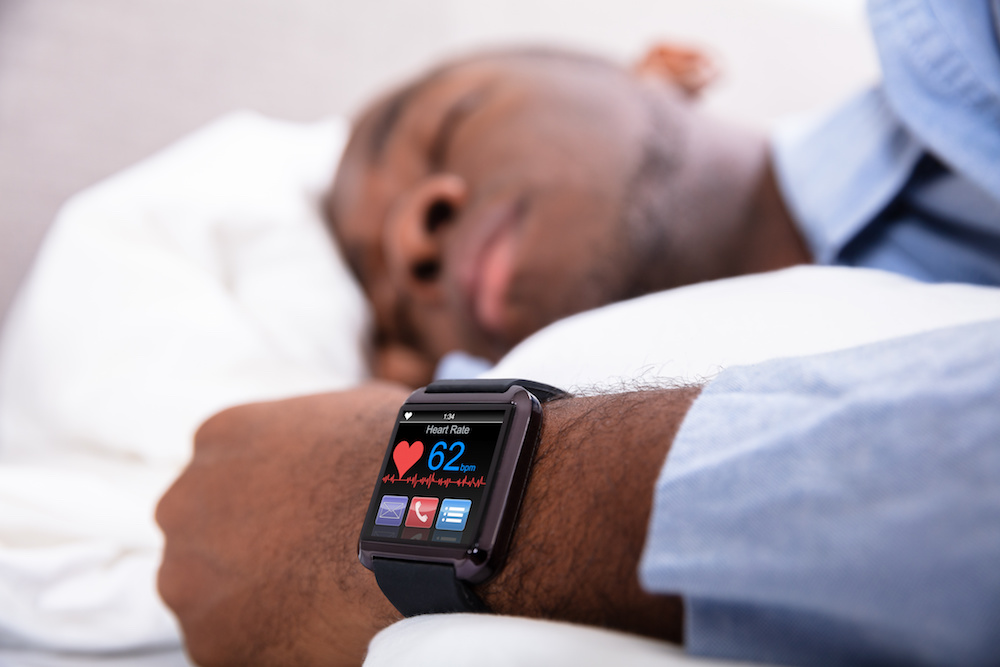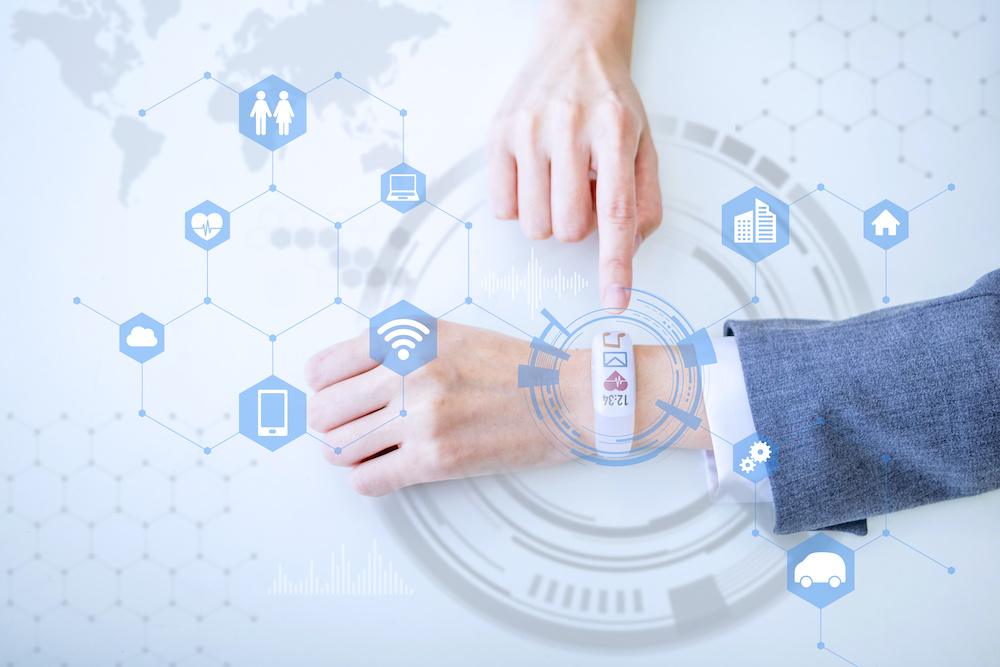Smartwatches have been a breakthrough device and taught the medical device industry about how to gain patient adherence. Historically, wearable medical devices have not been fashionable or comfortable for patients to wear in public or use in public spaces. Smartwatches changed the wearable medical device space because these products are not explicitly medical devices; they offer a suite of benefits, are compact, and look trendy. People wear smartwatches to count steps, to perform electrocardiograms (EKGs), and as a fashionable accessory.
Smartwatches are also being used as medical alert systems for older adults and people with disabilities. In the past, users of medical alert systems have felt shame and stigmatized for wearing medical alert systems. Historically medical alert systems have been bulky equipment with noticeably large buttons. As smartwatches become popular among people of all age groups and of various needs, innovators and engineers are developing medical alert systems that either look like a smartwatch or are designed into a smartwatch.
Stand Alone Medical Alert Systems
Some Medical Alert Systems manufacturers have been able to redesign their alert systems to mimic the design of smartwatches. These watches typically include all of the standard features of an alert system with the ability to call for help easily, a mic to speak to a first responder, a speaker to hear a first responder, and sometimes, a fall detection. These stand-alone medical alert systems may have some basic features of a smartwatch like a steps tracker, clock, or sync with a smartphone. Stand Alone Medical Alert Systems are useful to those who really want a simpler, easier to use a product that doesn’t feel complicated. Manufacturers interested in a stand-alone medical alert system would want to consider making these products as discreet as possible and offering a smaller amount of additional features.
Smartwatches with Medical Alert Systems
Apple Watch and Samsung Galaxy are two of the most popular smartwatches on the market. These watches are what typically come to mind when discussing smartwatches. As part of the early releases for smartwatches, manufacturers designed apps and features for medical alert systems within the watch. Apple Watch was the first product to release a fall detection feature. Smartwatch manufacturers continuously innovate these products to allow for advanced fitness tracking, messaging, calls, and cameras. These watches sync up easily with phones and other technology. But because of the amount of features, these products can be difficult for those who are not familiar with the technology. The large offer of applications may make it difficult for users who need the medical alert systems but are struggling to navigate the other applications.
Because of the ability to build applications without developing hardware (i.e., the watch), some manufacturers may prefer to develop medical alert applications for a smartwatch. This allows manufacturers an easier entrance to the market because only developing the applications is less costly and less time-consuming.
DeviceLab
No matter which type of medical alert system you are looking to develop, DeviceLab has software and design experts who are ready to help you. Contact us today to schedule your consultation.




